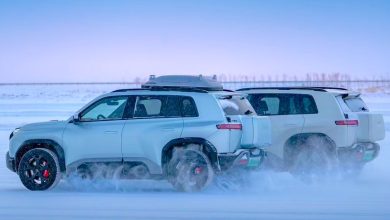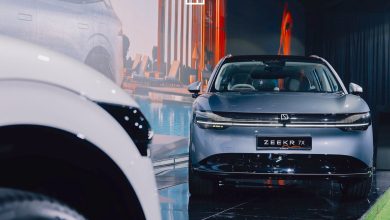Perodua: Celebrating 31 Years Of ‘Building Cars, People First’
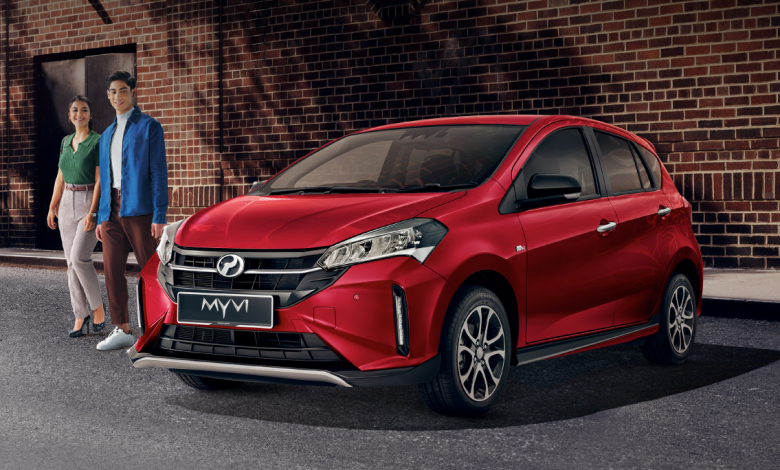
Here’s a brief look back at Perodua through the years, as told from the many models it has launched.
It’s Merdeka today! And to celebrate, here’s a quick history lesson on a maker of cars that all Malaysians would have been in at least once in their lives: Perodua.

Now to hear Perodua tell it, its history began with its official establishment as the nation’s second automaker (Perusahaan Otomobil Kedua Sdn Bhd) in mid-1993. Tun Dr. Mahathir Mohamad officiated the opening ceremony of its first factory on the 1st of August 1994, and 28 days later the first examples of its Kancil then began to roll down its assembly line.
The time just before its founding is perhaps the more interesting story here though, as the automaker’s conception was largely down to the rapidly strengthening yen in the 80s, which had the unpleasant effect of causing Malaysia’s original people’s car, the Proton Saga, to be steadily priced out of its original affordability level. Tun Dr. Mahathir had then thought that the simple Japanese kei car might help more Malaysians become mobile, which eventually led to reviving discussions with Daihatsu to help bring P2 to life.
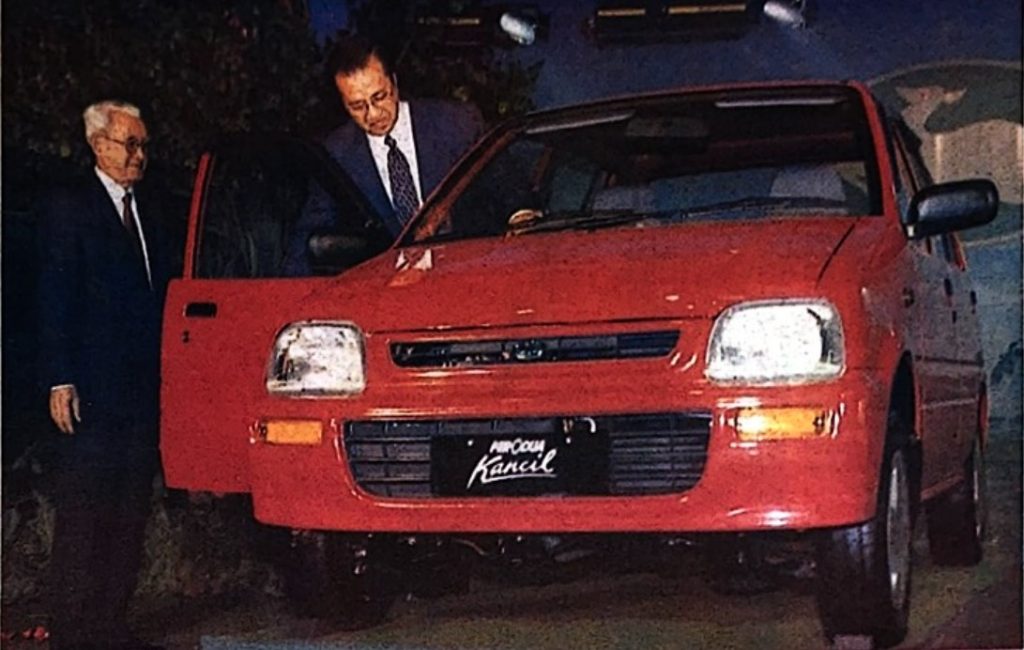
Named after the native mouse deer, Perodua’s first model was to be an instant hit. More than 6,000 people had booked a Kancil in just one month after it launched, with a whopping 725,870 units eventually making its way to Malaysians (as well as a few overseas customers) by the time it was discontinued in 2010.
Perodua followed on from the Kancil with the launch of the Rusa minivan in 1996, and then came the Kembara a year after. A few notable facts regarding these two models was for the former to actually have been in production for 11 years till 2007, while the latter have accounted for a whopping 71% of all 4x4s sold locally just a year after its launch.
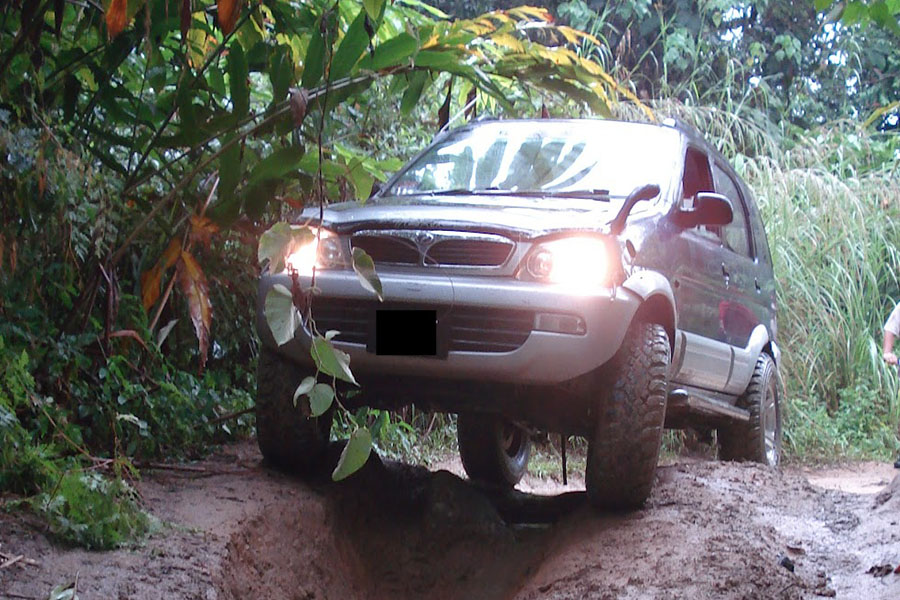
Transitioning onto the new millennium now, Perodua debuted the Kenari and Kelisa in 2000 and 2001 respectively. A little known fact about the Kenari here is that this mini-MPV interestingly enough served as the basis for the Malaysian automaker’s first-ever hybrid prototype (Yes, Perodua actually dabbled in electrification tech all the way back in 2003!). This writer meanwhile still personally maintains that the Kelisa is one of the best bang-for-buck fun cars out there, with their surprisingly strong used prices reflecting their demand even two decades on.
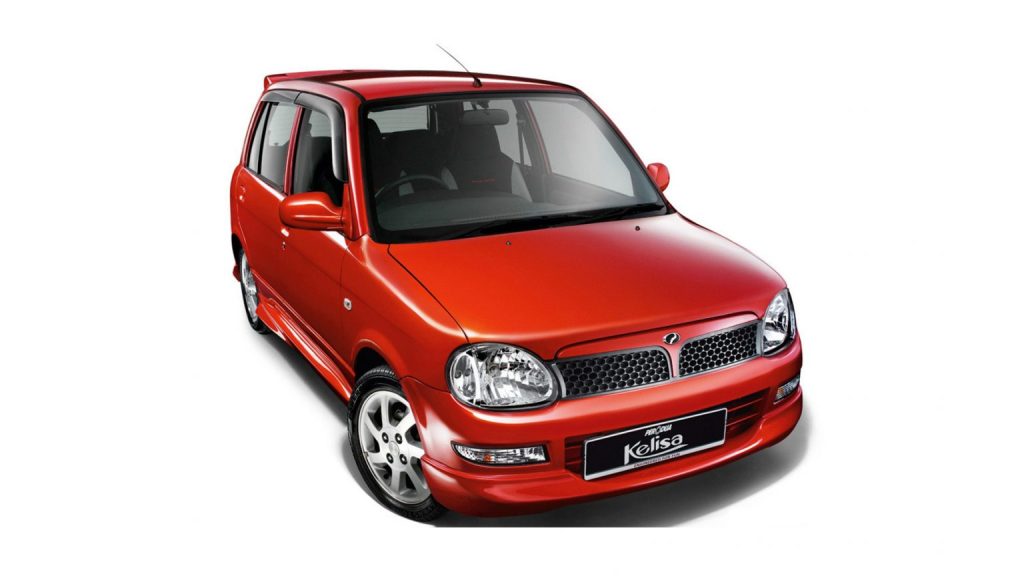
When it comes to definitive years for Perodua though, P2 could probably look back at 2005 as being even more important than its formative year of 1993. Such is as that is in May of that year, the Malaysian automaker brought out its Myvi!
A whole thesis could probably be written here on the Myvi’s commercial success over its three generations, and how it has technically engrained itself into general Malaysian culture these days. The two stats that likely concisely exemplifies its popularity is that this king of the road was the best-selling car in Malaysia for a whopping 17 consecutive years between 2006 to 2023, in addition to becoming the first Malaysian car model to sell over 1 million units in 2017.
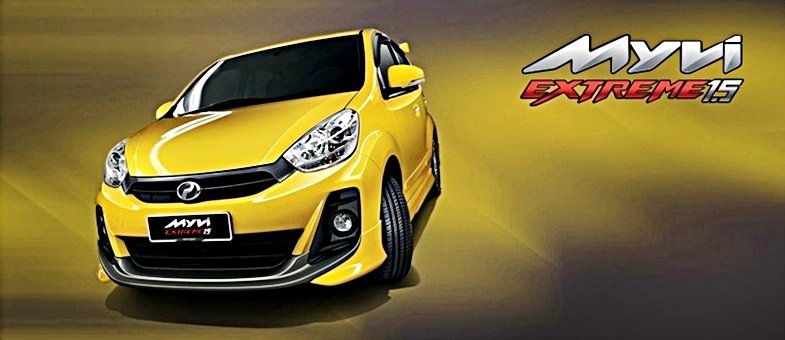

From the success of the Myvi spawned a stretched 7-seat (or more appropriately 5+2 seat) version in the form of the Alza in 2007, while on the smaller car side came also the Kancil-succeeding Viva that same year. Perodua also then brought along the Nautica SUV straight from Japan in 2008, but its steep RM 89,900 price tag back then unfortunately lead to less than 500 units making its way to Malaysians in the one year it was on sale.

What is decidedly not a sales failure was Perodua’s Axia, which launched in 2014 to succeed the Viva. This subcompact hatchback was soon followed up with the debut of its booted Bezza counterpart, Perodua’s first-ever sedan, the first model it has fully designed in-house, and Malaysia’s best-selling car from 2023 till today.
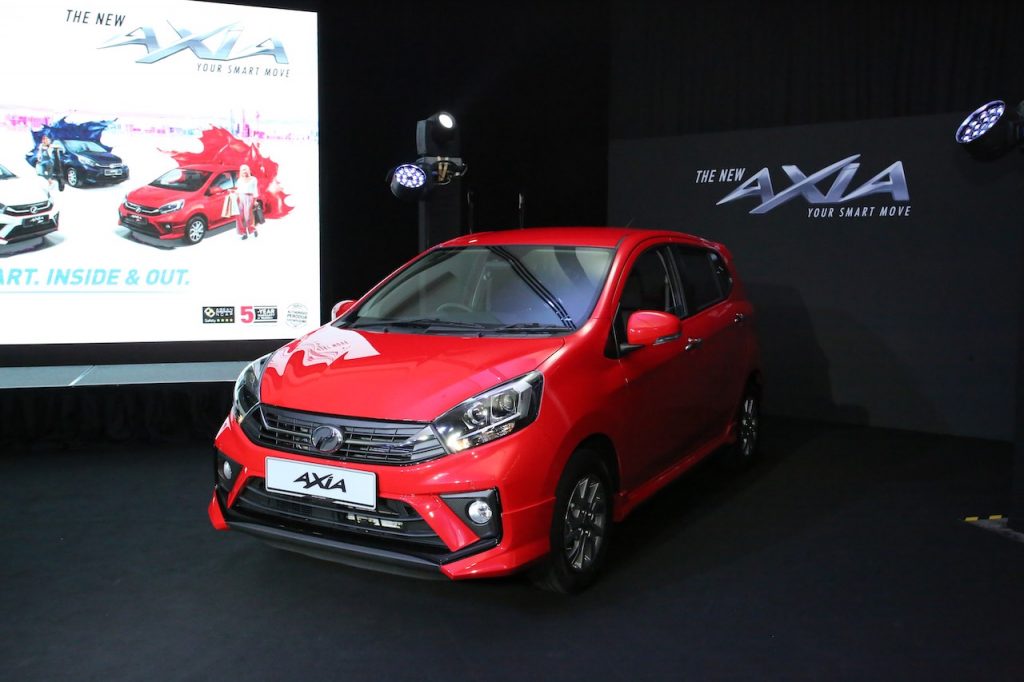

Getting finally close to this current decade, Perodua has since tried again to play the SUV game and launched three high-riding models in the last five years. This includes two Toyota rebadges in the form of the Rush-based Aruz and the Veloz-based second-gen Alza, in addition to the Daihatsu-based Ativa, incidentally its first-ever turbocharged car.

Starting as a tiny automaker to slowly becoming the country’s largest, Perodua has sold over 4 million vehicles as of 2021. Last year meanwhile, the Malaysian marque proudly stated that it is the third largest car manufacturer in ASEAN, with an all-time annual company delivery record of 330,000 units.
Taking a sneak peek into Perodua’s future on the other hand, the next model that was supposedly to come is a slightly larger sibling to the Ativa, but its rumoured April launch date has since came and went. P2 is also currently aiming to launch its first-ever EV by the end of next year, with it previously claiming too that this upcoming all-electric model will be priced within the range of RM 50,000 and RM 100,000.
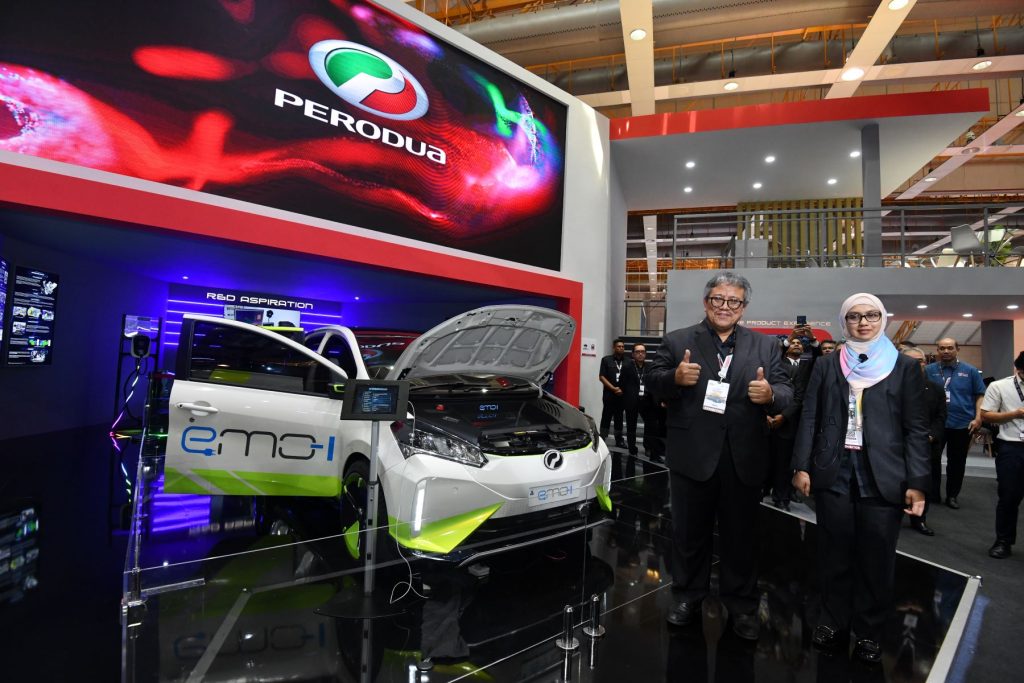
Final fun fact here, the current Perodua logo actually comprises of a stylised ‘P’ and ‘2’ within the oval emblem. The green colour represents social responsibility to the environment and the community, while the red colour symbolises the development of a competent workforce and resilience in meeting challenges in the globalised world.



